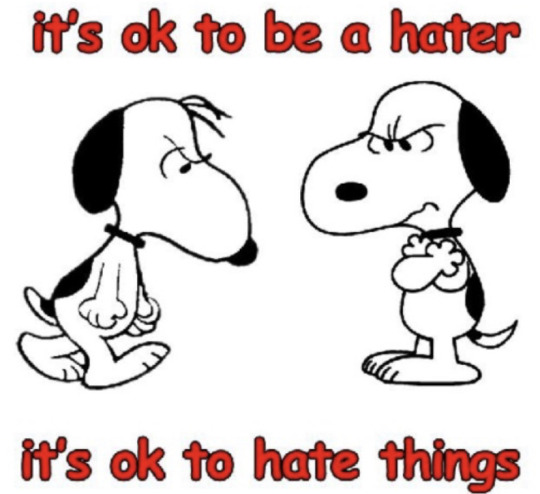Text
Band called ship of Theseus who replaces one of their members with every album release
13K notes
·
View notes
Text
I just got described as an "ad hating commie" by someone because I said a minute of youtube ads is unpleasant. fully spent 5 minutes arguing and defending youtube ads. insane stuff
169K notes
·
View notes
Text
"Ok, ma'am that'll be $226.03."
I take my wallet out of my pocket and unfold it. It is empty other than a single moth that lazily flies out. The moth lands on the tap point of the card reader. There's a beat, and my payment is processed. The moth flies back into my wallet and I put it back in my pocket.
150K notes
·
View notes
Text
The 7 Faces of Friendship: Character Types to Include in Your Book’s Friend Group
Having a balance of different personas helps create a comprehensive cast for your novels. To get started, here are the 7 main friend personas to consider:
1. The Leader
Description:
The leader is the driving force behind the group. They are often assertive, confident, and willing to take charge in various situations. This person is typically seen as a decision-maker, guiding the group toward plans, activities, or goals.
Traits:
Charismatic: Naturally draws people in and inspires others.
Decisive: Quick to make decisions, often with a clear vision in mind.
Responsible: Takes ownership of the group's well-being and direction.
Role in the Group:
The leader often organises outings, mediates conflicts, and keeps the group focused on shared goals. They are instrumental in making plans and ensuring that everyone feels included.
2. The Caregiver
Description:
The caregiver is the heart of the friend group, always looking out for others. This person is empathetic, nurturing, and willing to lend a helping hand or an understanding ear.
Traits:
Compassionate: Deeply cares for the feelings and well-being of others.
Supportive: Always ready to offer encouragement or assistance.
Attentive: Notices when someone is feeling down or needs help.
Role in the Group:
The caregiver often acts as the emotional glue, fostering connections and ensuring everyone feels valued. They are typically the ones organising gatherings to celebrate friends or supporting them through tough times.
3. The Comedian
Description:
The comedian is the life of the party, always ready with a joke or a funny story. This character brings humour and lightness to the group, helping to relieve tension and elevate the mood.
Traits:
Witty: Quick with humour and often makes clever observations.
Playful: Approaches life with a sense of fun and spontaneity.
Positive: Maintains an optimistic outlook, even in challenging situations.
Role in the Group:
The comedian keeps the atmosphere lively, ensuring that laughter is a common thread in the group. They often defuse tense situations with humour and help create cherished memories through fun experiences.
4. The Adventurer
Description:
The adventurer thrives on new experiences and excitement. This character is always seeking thrills, whether that’s trying out a new restaurant, going on spontaneous trips, or participating in extreme sports.
Traits:
Daring: Enjoys taking risks and stepping outside of their comfort zone.
Curious: Eager to explore new ideas, places, and experiences.
Energetic: Brings enthusiasm to the group, often encouraging others to join in.
Role in the Group:
The adventurer often leads the charge for new experiences, pushing the group to try things they might not have considered. They inspire others to embrace spontaneity and explore the world together. Often contradicts the leader.
5. The Intellectual
Description:
The intellectual is the thinker of the group, often delving into deep conversations and pondering life's big questions. This character values knowledge and is well-read, informed, and curious about various topics.
Traits:
Analytical: Enjoys breaking down complex ideas and analysing situations.
Inquisitive: Asks questions and seeks to understand the world.
Articulate: Communicates thoughts clearly and effectively.
Role in the Group:
The intellectual can help stimulate meaningful conversations, adding depth to the group's interactions. More of a quiet yet important presence. They help get the Adventurer out of trouble, and are likely found bantering with the Comedian from time to time.
6. The Connector
Description:
The connector is the social butterfly of the group, adept at bringing people together and building relationships. This character thrives on interaction and often knows everyone’s stories, interests, and backgrounds.
Traits:
Sociable: Enjoys meeting new people and introducing friends to one another.
Empathetic: Understands social dynamics and helps others feel comfortable.
Resourceful: Knows where to go for recommendations and suggestions.
Role in the Group:
The connector enriches the group by fostering relationships and creating opportunities for social gatherings. They often organise events and help deepen bonds within the friend circle. They are generally close to the Caregiven and the Leader’s partner/close friend. They help the Leader and Intellectual settle on ideas that are both fun and functional thus appeasing to the whole group.
7. The Realist
Description:
The realist is grounded and practical, providing a balanced perspective within the friend group. This character approaches situations with a level-headed attitude and often focuses on the facts at hand.
Note: While the intellectual is an inherently smart person, the realist is the apathetic and logical force of the group. They don’t have to necessarily be smart but are insightful.
Traits:
Pragmatic: Values practicality and often offers sensible solutions.
Sceptical: Questions overly optimistic or unrealistic plans.
Honest: Tends to speak their mind, even when the truth is uncomfortable.
Role in the Group:
The realist often acts as a counterbalance to more idealistic characters, helping the group assess risks and make informed decisions. They provide a sense of stability, ensuring that plans are not just fun but also feasible.
Looking For More Writing Tips And Tricks?
Check out the rest of Quillology with Haya; a blog dedicated to writing and publishing tips for authors! Instagram Tiktok
4K notes
·
View notes
Text
10 Non-Lethal Injuries to Add Pain to Your Writing
New Part: 10 Lethal Injury Ideas
If you need a simple way to make your characters feel pain, here are some ideas:
1. Sprained Ankle
A common injury that can severely limit mobility. This is useful because your characters will have to experience a mild struggle and adapt their plans to their new lack of mobiliy. Perfect to add tension to a chase scene.
2. Rib Contusion
A painful bruise on the ribs can make breathing difficult, helping you sneak in those ragged wheezes during a fight scene. Could also be used for something sport-related! It's impactful enough to leave a lingering pain but not enough to hinder their overall movement.
3. Concussions
This common brain injury can lead to confusion, dizziness, and mood swings, affecting a character’s judgment heavily. It can also cause mild amnesia.
I enjoy using concussions when you need another character to subtly take over the fight/scene, it's an easy way to switch POVs. You could also use it if you need a 'cute' recovery moment with A and B.
4. Fractured Finger
A broken finger can complicate tasks that require fine motor skills. This would be perfect for characters like artists, writers, etc. Or, a fighter who brushes it off as nothing till they try to throw a punch and are hit with pain.
5. Road Rash
Road rash is an abrasion caused by friction. Aka scraping skin. The raw, painful sting resulting from a fall can be a quick but effective way to add pain to your writing. Tip: it's great if you need a mild injury for a child.
6. Shoulder Dislocation
This injury can be excruciating and often leads to an inability to use one arm, forcing characters to confront their limitations while adding urgency to their situation. Good for torture scenes.
7. Deep Laceration
A deep laceration is a cut that requires stitches. As someone who got stitches as a kid, they really aren't that bad! A 2-3 inch wound (in length) provides just enough pain and blood to add that dramatic flair to your writing while not severely deterring your character.
This is also a great wound to look back on since it often scars. Note: the deeper and wider the cut the worse your character's condition. Don't give them a 5 inch deep gash and call that mild.
8. Burns
Whether from fire, chemicals, or hot surfaces, burns can cause intense suffering and lingering trauma. Like the previous injury, the lasting physical and emotional trauma of a burn is a great wound for characters to look back on.
If you want to explore writing burns, read here.
9. Pulled Muscle
This can create ongoing pain and restrict movement, offering a window to force your character to lean on another. Note: I personally use muscle related injuries when I want to focus more on the pain and sprains to focus on a lack of mobility.
10. Tendonitis
Inflammation of a tendon can cause chronic pain and limit a character's ability to perform tasks they usually take for granted. When exploring tendonitis make sure you research well as this can easily turn into a more severe injury.
This is a quick, brief list of ideas to provide writers inspiration. Since it is a shorter blog, I have not covered the injuries in detail. This is inspiration, not a thorough guide. Happy writing! :)
Looking For More Writing Tips And Tricks?
Check out the rest of Quillology with Haya; a blog dedicated to writing and publishing tips for authors!
Instagram Tiktok
63K notes
·
View notes
Text

time travel fix-it but make it Spooky (based on my monster!jon post)
17K notes
·
View notes
Text
[holding myself firmly by the neck like a yowling squirming kitten] This Minor Setback Is Not The End Of The World
39K notes
·
View notes
Text
Not to mentiob mid-rise jeans
the most irrealistic thing in the last of us is not a fungal virus infecting humans but the fact that they use skinny jeans in a journey like that
2 notes
·
View notes
Text
BDS added this section to their boycott page and I think people really need to read it:
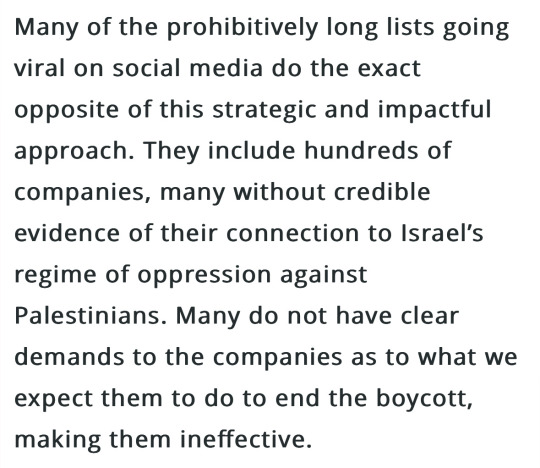
please remember, pushing unorganized boycotts without carefully fact-checking every company in the list can be actively HARMFUL to the boycott movement.
33K notes
·
View notes
Text
If i don't have one of these tiles in my future home i've failed in life
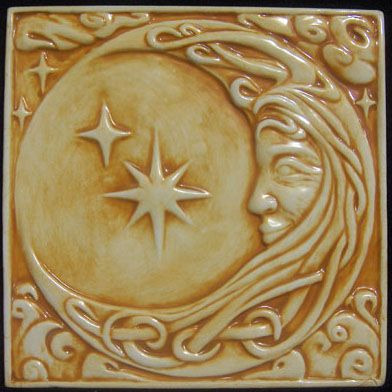
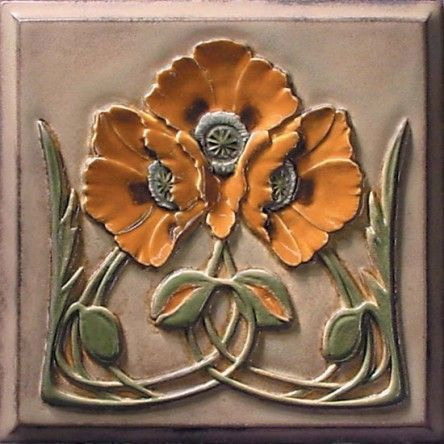

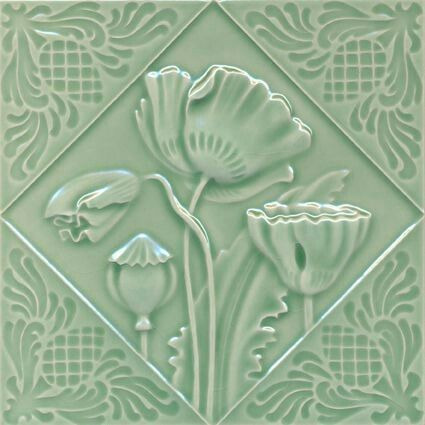
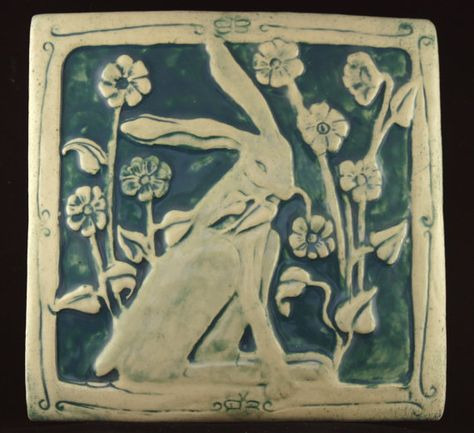

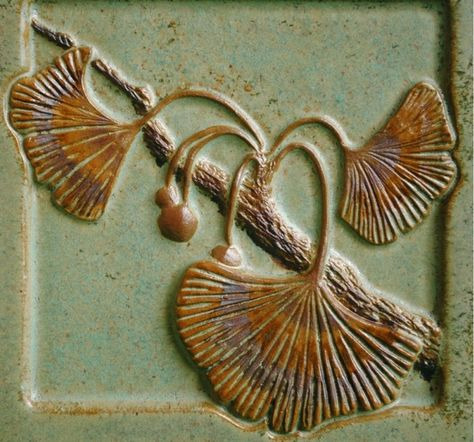
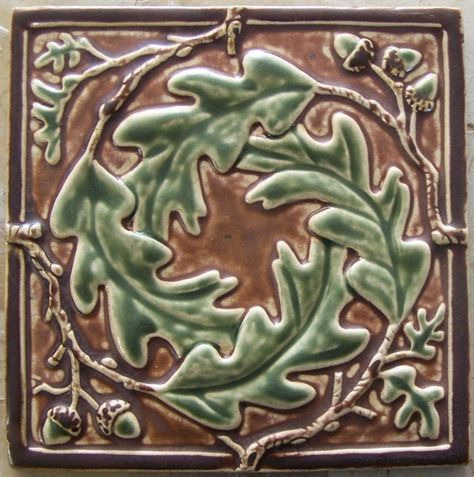
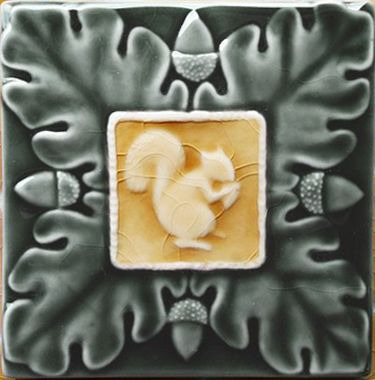

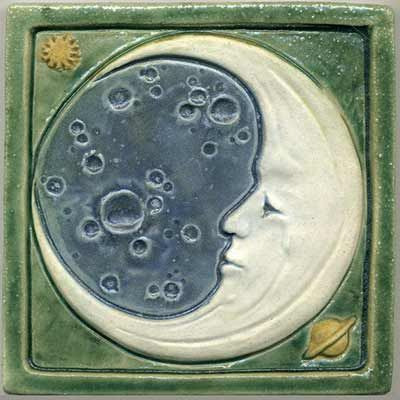
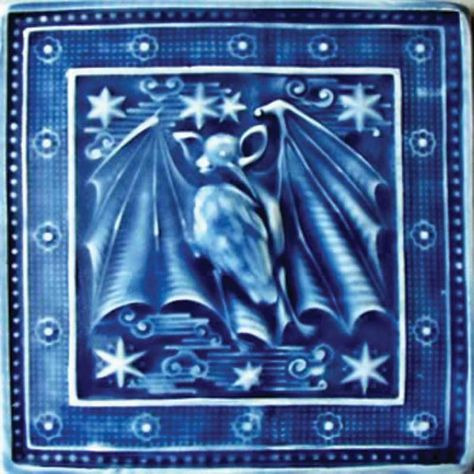
Tiles! I want to have a kitchen wall full with different designs
99K notes
·
View notes
Text
The mysterious Golden Bullet
Or a take on Aziraphale and Crowley’s Wild West Era


And to this day…

10K notes
·
View notes
Text

Ok but how unhinged would I be if I showed up to the eras tour like this?
13 notes
·
View notes
Text
I don’t think humans should be living in studio apartments or little one bedroom apartments you can barely turn around in. It’s like how the minimum tank size requirement for a betta fish is technically 2.5 gallons but you’re a monster if you put them in anything less than 5 gallons. I think people deserve at least one extra room in their house.
62K notes
·
View notes
Text
I wish, instead of having internet, I worked as a taylor in a small English village
I wish that, instead of having internet, I made stained glass in a small welsh monastery
73K notes
·
View notes
Text
Okay so for what it’s worth
Neil Gaiman has said that season 2 is not the story he and Terry had plotted out 20 years ago, season 2 is the bridge that needed to be there to fill in the gaps between season 1 and season 3
So in other words. Season 2 is a bridge season. Season 3 is the season with actual meat in it
So we better work hard to get that season 3. I swear to god Amazon. Pay your fucking writers
20K notes
·
View notes

